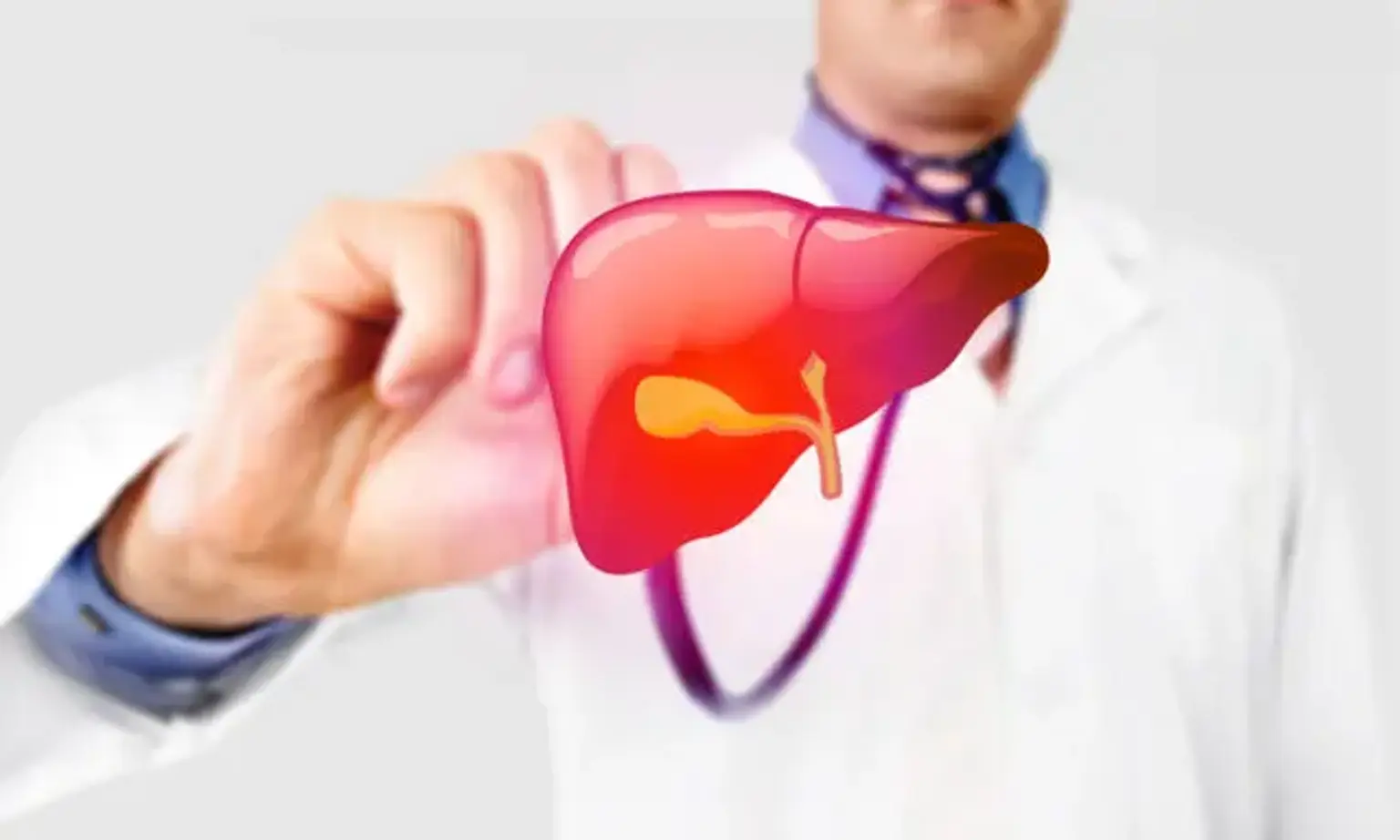Liver diseases
Liver diseases are continuous process of inflammation, destruction, and regeneration of liver parenchyma, which may lead to fibrosis and cirrhosis. They are characterized by progressive deterioration of liver functions for which includes synthesis of clotting factors, other proteins, detoxification of harmful products of metabolism, and excretion of bile.
The spectrum of etiologies is broad for chronic liver disease, which includes toxins, alcohol abuse for a prolonged time, infection, autoimmune diseases, genetic and metabolic disorders. Cirrhosis is a final stage of chronic liver disease that results in disruption of liver architecture and is currently the 11th most common cause of death globally and liver cancer is the 16th leading cause of death; combined, they account for 3.5% of all deaths worldwide.
They account for approximately 2 million deaths per year worldwide, 1 million due to complications of cirrhosis and 1million due to viral hepatitis and hepatocellular carcinoma.
Liver transplantation is the second most common solid organ transplantation, yet less than 10% of global transplantation needs are met at current rates.
